Lviv Ghetto
Lviv is the largest city in western Ukraine and until the outbreak of the Second World War was part Poland and was located in the historical region of Galicia. After Poland was divided between Germany and Soviet Union in September 1939, Lviv ended up in Soviet Union. When Germany invaded Soviet Union in 1941, Lviv was occupied by the Germans on 30 June. At that time, about 160,000 Jews lived in the city. When the Soviets evacuated the city, the Soviet Security Service, NKVD, murdered Ukrainian prisoners who were in prison. When bodies of the murdered were discovered it triggered violent pogroms that affected the city’s Jews. Jews were forcibly taken from their homes, attacked in the streets, beaten, humiliated and killed by enraged crowds who saw communism and Judaism as one as the same. In one month, between 4,000 – 5,000 Jews were murdered. In July, the next pogrom broke out and another 2,000 Jews were murdered. All the pogroms were committed with the knowledge of the germans who did nothing to stop them, contrary, they encourged them.
On November 8, 1941, the German authorities established a ghetto in the northern part of the city. All Jews living in the city was ordered to move to the ghetto no later than December 15. About 5,000 elderly Jews were murdered by German police in connection with the move because they could not be used as slave labor. About 110,000 Jews lived in the ghetto surrounded by barbed wire fences and guard towers. Only with special document was it possible to move back and forth the ghetto. Crowded living spaces, lack of food, lack of medicine, lack of healthcare, spreading of contagious diseases inevitable led to many deaths, especially among elderly and children. Smuggling and black marketing became a method for Jews to survive.
In mid-March 1942, the first deportations of Jews were carried out from the ghetto bound for the newly built Belzec extermination camp, about 100 kilometres north of Lviv. In two weeks, about 15,000 Jews were deported to Belzec and murdered in the camp’s gas chambers. The majority killed were old, women, children and sick people, all regarded as unproductive or superflous. In August 1942, a great operation was carried out when about 50,000 Jews were deported to Belzec and killed. After this operstion, about 65,000 Jews remained in the ghetto and therefore a smaller ghetto was established.
In 1942, 5,000 Jews were deported to Belzec. Same month, between 15,000 – 20,000 Jews were murdered at Piaski next to Janowska concentration camp. After these two operations, the ghetto area was reduced once again. In January 1943, another 15,000 – 20,000 Jews were murdered at Piaski, this time, not only unproductive Jews, but Jews who had important functions in the ghetto, such as the Jewish council or other administrative functions. German police, SS units and Ukrainian police searched the ghetto for Jews in hiding and destroyed the ghetto systematically by setting it on fire. Jews who were discovered were shot on the spot or sent to Piaski and shot. What was left of the ghetto after it was liquidated was turned into a labor camp for remaining Jews. This labor camp was liquidated in June 1943 and the last Jews were sent to Janowska. In November 1943, the remaining Jews remaining Jews were shot (probably) at Piaski. When Lviv was liberated by Soviet Red Army in July 1944, only 200 – 300 Jews remained.
Current status: Partly preserved/demolished with monument (2009).
Location: 49° 51' 3.71" N 24° 1' 27.77" E
Get there: Walk from central Lviv.
Follow up in books: Arad, Yitzhak: Holocaust in the Soviet union (2009).
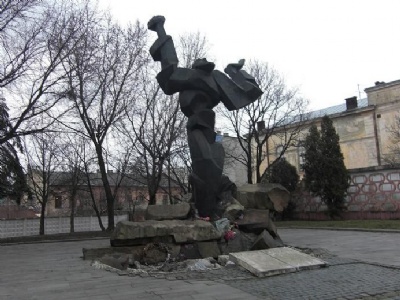
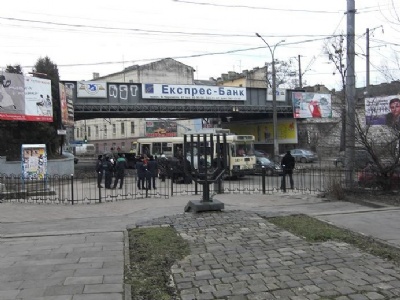
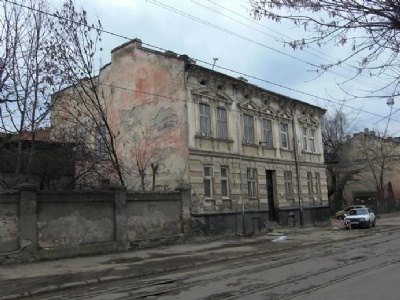

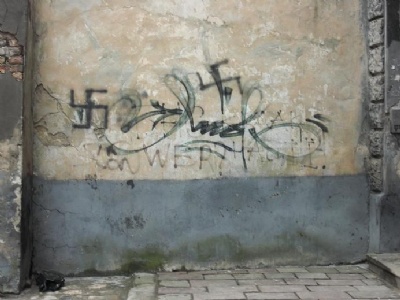
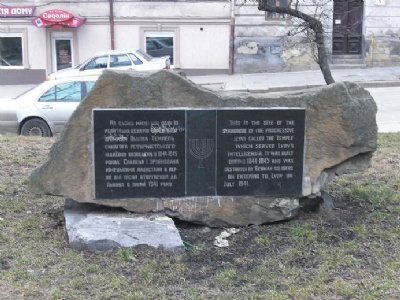

Old houses from the time of the ghetto are integrated with newer houses. The most famous resident of the ghetto was Simon Wiesenthal. Wiesenthal was sent in August 1942, to Janowska and later to other camps and before liberated by the americans in Mauthausen in May 1945. Wiesenthal devoted the rest of his life to ”track” up Nazi war criminals and has for this received a variety of awards. But Wiesenthal’s life stories and efforts have been subjected to harsh scrutiny and it has been found that his stories contain so many flaws and inaccuracies that the author Guy Walters in his book, Hunting Evil (2010), calls him a liar. Wiesenthal has to emphasize himself deliberately lied, exaggerated and taken credit for things that demonstrably others deserved. Wiesenthal’s may not have been the great Nazi hunter he claims to be, but his commitment (despite the lies) has given the crimes of Nazism an attention that it might not otherwise had received.